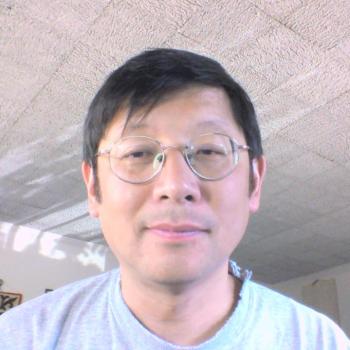Bio
Dr. Edwin Chang obtained his PhD (1992) at McGill University from the Department of Medicine, Division of Experimental Medicine. From 1993 onwards, he began work at Geron Corporation (Menlo Park, California) in which he studied the mechanism of cellular immortalization as well as cellular aging and applied his findings in the search for therapies against both cardiovascular diseases and cancer. In 2002, he joined Stanford University where he initially utilized his experience from Geron Corporation to research cardiovascular and endothelial progenitor cell function. In 2009, he became part of the Molecular Imaging Program at Stanford (MIPS) where he explored the applicability of various modalities (PET, BLI, CT, MRI, US) for many projects related to cancer and to vascular function. In 2012, he became a member of the Canary Center at Stanford University where he has leveraged his experience in cell and preclinical studies to develop imaging modalities to track therapeutic responses against cancer as well as detecting early stage cancers. Currently, he is exploring not only diagnostics against cancers but therapeutics as well. As a result, Dr. Chang has explored the relevance of medicinal compounds from the Ayurvedic medical tradition, in particular Withaferin A from the winter cherry plant, in stopping cancers such as glioblastomas. He has also examined the cooperativity of Withaferin A with other interventions that are known to inhibit gliomas such as combination therapies of Withaferin A with temozolomide, with other ginsenosides and with alternating electric fields (known as tumor treating fields or TTFields).
Current Role at Stanford
Director, SCI3@Porter or the Canary Core Preclinical Imaging Facility at Stanford


